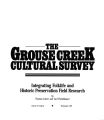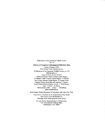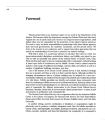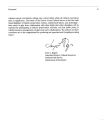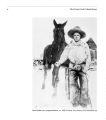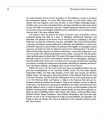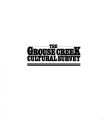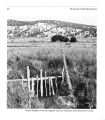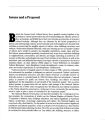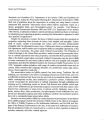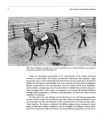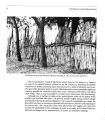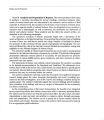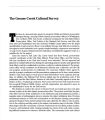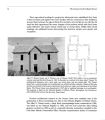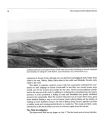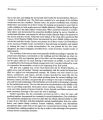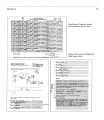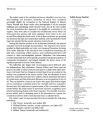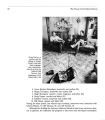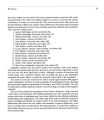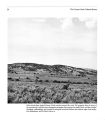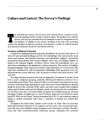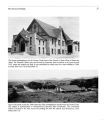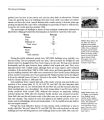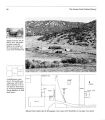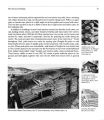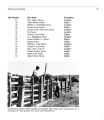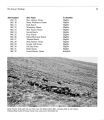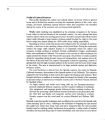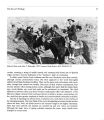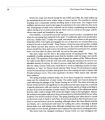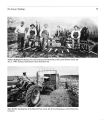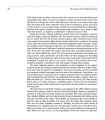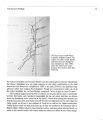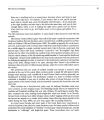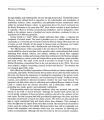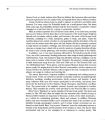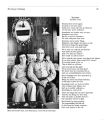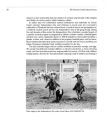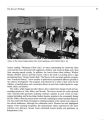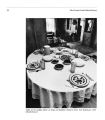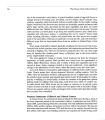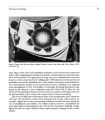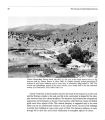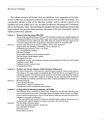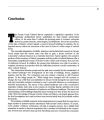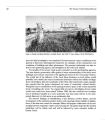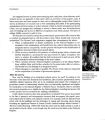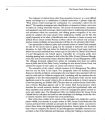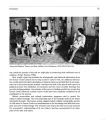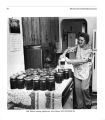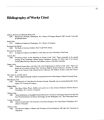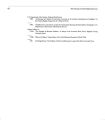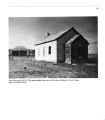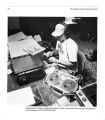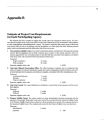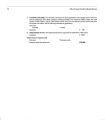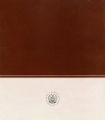| OCR Text |
Show Issues and a Proposal Phase HI. Analysis and Preparation of Reports. The survey produces three types of products: a narrative describing the survey's findings, condensed summary statements of context based upon the information in the narrative, and an archive of field materials. In Grouse Creek, the narrative took the form of an inventory of historic properties and a separate profile of cultural features. Since an integrated survey produces a narrative that is ethnographic as well as historical, the summaries are statements of historic and cultural context. These products and the third, the project archive, are described in the following paragraphs. The narrative's inventory of historic properties begins with a description of the area's architecture in its historical setting, characterizing the principal types of buildings in terms of form, use, and historic period and citing a number of examples for illustrative purposes. It also mentions relevant aspects of geography and topography. The narrative is followed by a list of the sites that received detailed documentation, noting their eligibility for the National Register of Historic Places. The narrative's profile of cultural features describes the area's culture, paying special attention to the historical dimension of present-day activities. This historic-ethnographic presentation delineates various spheres of community life and discusses the presence and vitality of various folklife genres, genre complexes, and other elements of culture associated with each sphere. The statements of historic and cultural context summarize the narrative according to the formula recommended in the Standards and Guidelines. The statements cover various facets of life in the survey area, called themes, and relate these to specific places and periods. Selected historic properties and cultural features are listed as illustrations of resources that may be evaluated within the context. The archive contains the materials created by the project: items gathered during the research design phase; the notes, drawings, photographs, and sound recordings generated by the field investigation; and all the reports and findings compiled during the analysis phase. The archive's materials support the survey's findings, permit independent evaluation of the findings, and serve as a source of information for the community and future researchers. As the concluding section of this report demonstrates, the benefits of an integrated survey extend beyond the state historic preservation office's customary planning efforts. The reports and the archive can help the preservation office, the arts council, and other organizations to plan and carry out activities to conserve culture through encouragement and presentation. The archive can be a special aid to future research efforts by local citizens and scholars. Naturally, access to the archive will be best served by placing it in an appropriate public institution. |





